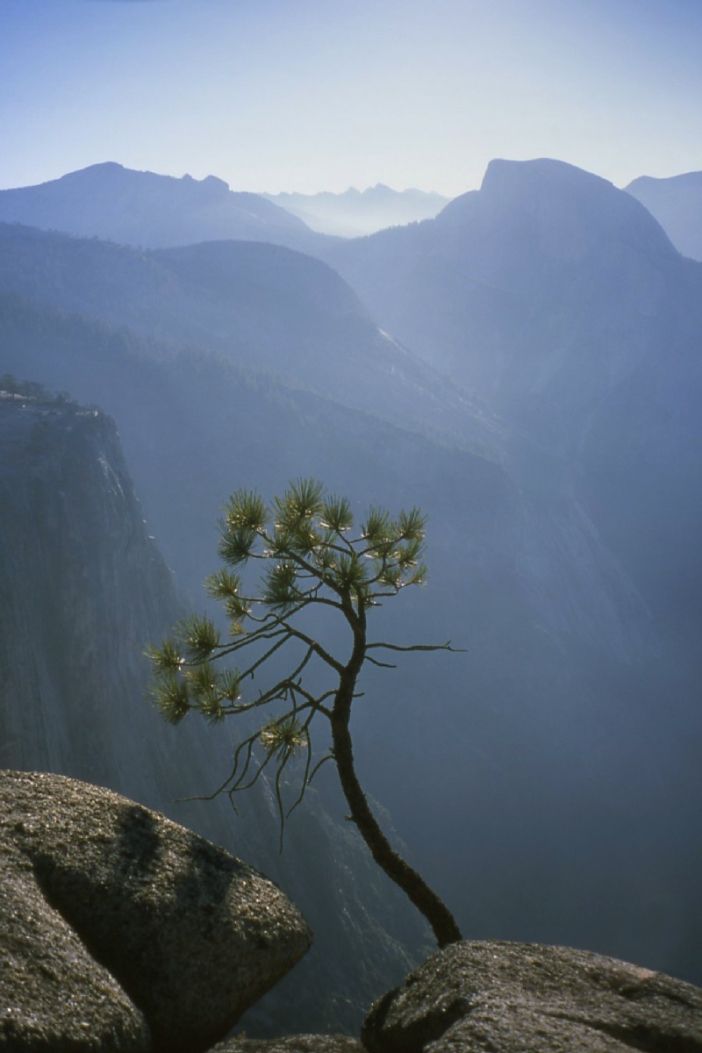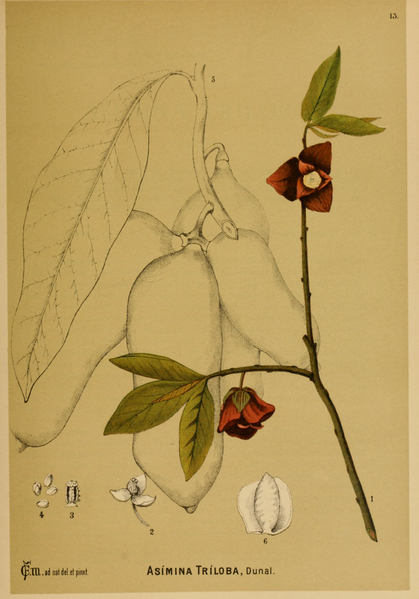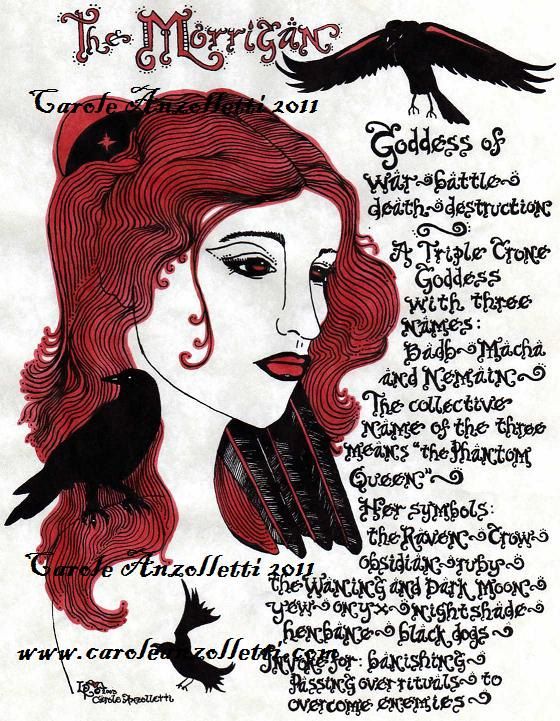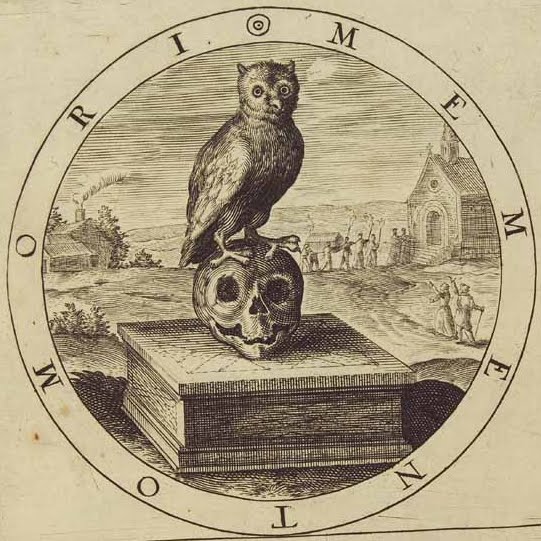I haven’t posted much lately because there’s been a lot going on, but it’s mostly internal stuff which is terribly interesting to me and terribly irrelevant to everyone else. I guess you could say I’ve been navel-gazing, and I didn’t want to subject everyone to the slides from that vacation. I half-jest, but seriously, it’s also that so much of this stuff is inexpressible, and some of it even feels like it benefits from secrecy while it gestates. You all know what I’m talking about. But there are a number of thinks that may develop into posts in time, if the assays pan out.
I came here, to my family’s little corner of Appalachia, a little over a year ago now, and I laugh now to think of my plans for my future back then (best left unsaid as they are embarrassing). It all made perfect sense, logically, and I thought I had some idea of what I wanted. That might sound like no big deal but having spent my life up until late 2015 always doing what others wanted, I am only beginning to have a sense of the boundaries between my own interests and those of others. Well, I was still way short of the goal there. Anyway, shortly after I got here it became obvious that spirits had other plans. I wasn’t ready to start a new life yet, because I still had to process the end of the old one. Also I had some remedial education to go through. My ancestors ensured that I got a safe place to land and cocoon, and I have been able to forge stronger communication with them as well as reconnecting with a culture integral to my family’s experience and values. My inner power has been building though I don’t know what that means or what to do with it. That I have made friends and had fun here has been gravy.
So it’s bittersweet for me that my ancestors are now making it clear they are going to push me out of the nest soon. Economic opportunities here are severely limited, so I’ll have to leave. I mean, I don’t maintain a luxurious standard of living, but I got bills to pay. On the positive side, this will mean I get to go overseas again, that being where I stand the best chance of improving my circumstances–something my ancestors get really excited about–but I am going to miss this place and these people, the waters and the ghosts. It’s also damn difficult because while I am getting tons of synchronicities and lots of spectacular bird omens, and the helping spirits are all thumbs up, I have no idea what I am doing. There is no guiding purpose or goal here because defining one would require a better understanding of what I want. (The curse of the phlegmatic. You see why I don’t do much practical magic now, right?) Sometimes just putting one foot in front of the other is enough, of course, and I’m used to being a rambler; funnily enough the little direction I’ve been given actually confuses things more than clarifies because the intermediate steps all seem to lead in the opposite direction. Well, they don’t call it a crooked path for nothing.
Alpaca posse, assemble! We’re hitting the road.
Anyway. Something I thought might be of interest to some:
Because of reasons, I found myself having to do some research into the mythos of the unicorn. “Mythos” is maybe a bit of a stretch, since there isn’t much of a mythology when it comes to unicorns–more of a symbol set, really. What struck me, though, is that it is pretty obvious the European unicorn evolved/derived from the Chinese qilin, yet The Internet seems determined to disavow this. The obvious caveat: Of course I know the internet is not a good place to do research on anything, but it can serve as a sort of bibliography and lead you to better places. Also, I’m busy and lazy. My research is only at the beginning, and doesn’t necessarily need to go too deep–that remains to be seen–and I am certain I cannot be the first person to make this connection. But what surprises me is that this little corner of Eurasian myth apparently hasn’t been given the common-knowledge treatment yet.
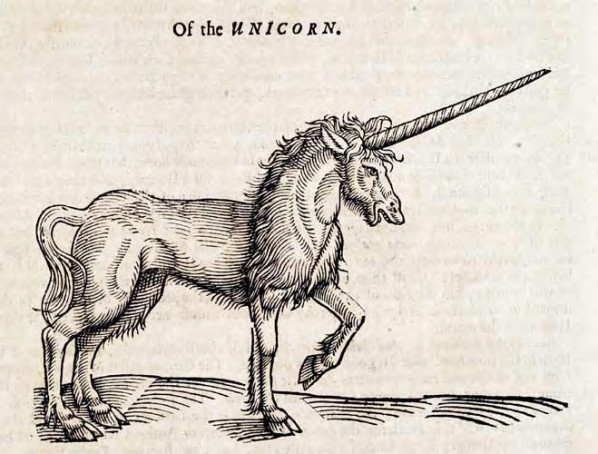
It’s true there are significant differences in appearance between modern depictions of qilin and unicorns; but the historical evidence, while circumstantial, is pretty darned suggestive. Consider:
- The first (surviving) written Chinese record of the qilin and the first more or less European (Graeco-Persian) account of unicorns are approximately contemporaneous–5th century BC. That makes it possible for the European account to be derived from the Chinese (assuming that the qilin existed in Chinese oral lore before being written about).
- That first European account of unicorns is in Ctesias’ Indica (“On India”), which was more or less a natural history based on the accounts of Silk Roads travelers in Persia. The eastern hub of the Silk Roads was, of course, China–but to the Greeks, India was the eastern edge of the known world. It seems reasonable to suppose that the Subcontinent and everything east of it was basically “India” from the Greek point of view, and thus a Chinese creature might be understood as Indian, which is what Ctesias said of the unicorn.
- Although qilin and unicorns have followed separate trajectories since the 5th century BC, and settled into familiar forms which are quite different today (people of a certain age may remember the plethora of folders and Trapper Keepers with airbrush unicorn pictures on them back in the ’80s…pretty sure I collected them all), there is a great deal of overlap in their earlier forms: Older (e.g., medieval) depictions of the unicorn show it with a deer-like body, horse-like head, tufted tail like a lion or ox. The hooves are sometimes cloven, sometimes horse-like, and sometimes it has a goat-like beard and/or feathery hair on the fetlocks and shoulders. Ctesias described it as a type of wild ass, as large as or larger than a horse, with a white body, red head, and blue eyes, and of course a single horn. The qilin was described differently by time and region (here is an assortment of images), but among its recognized variants were a deer-like body, cloven or horse-like hooves, a tufted tail, and a single horn. It is often depicted with flames emerging from around its shoulders, and sometimes with a goaty beard and hairy fetlocks. The main consistent differences between the two is the shape of the head (horse-like in the unicorn and dragon-like in the qilin)–although these are not entirely dissimilar in overall shape–and the color (generally white in the unicorn since the Middle Ages, and variable in the qilin). The all-white color of unicorns presumably came to be emphasized as part of its symbol set related to purity.
- The European unicorn is symbolically associated first and foremost with purity (hence virgins), and deriving from that, healing. It is generally described as gentle and elusive, but extremely wild and pretty much impossible to capture. It is fierce only in defense of its freedom (hence its use as the symbol of Scotland). The qilin is described as an exceedingly gentle and peaceful creature, but one which is fierce in the defense of justice. It too is elusive and impossible to catch. Both are often used as symbols of forests and wilderness.
I see no reason there couldn’t be an even earlier origin for a unicorn-like creature in Indian myth, but if so it went through China before reaching Europe. I don’t find the argument that the Indus Valley Culture seals represent unicorns terribly persuasive. Maybe the representation is of a one-horned magical form of bull (elsewhere two-horned animals are shown with both horns, after all), but it is still clearly a bovine; and while it’s possible the unicorn as we know it could have evolved from a very ancient bovine prototype, there are so many more similarities to the qilin that the Chinese connection mustn’t be dismissed. I’m also not convinced by the argument that the unicorn derives from the accounts of travelers who saw oryxes in profile. I mean, are we really to believe that multiple travelers never saw an oryx turn its head even a tiny bit? The qilin connection is way more parsimonious than this oryx nonsense.
Not surprisingly, the European end of the Silk Roads has tended to way downplay the influence of the Asian end. We are determined to be the core and make them the periphery. Temperate Eurasia (that is, Eurasia minus the arctic or tropical parts) is basically one giant prairie, with horses, rivers, and wheels allowing for rapid and efficient transit; trans-Eurasian contact has been the norm since at least the Bronze Age. And It doesn’t take a Marco Polo traveling the breadth of the entire supercontinent* to share myths, it just takes interlinked trade networks. So as far as I can tell there is no valid reason to think the unicorn couldn’t have evolved from the qilin and yet over and over again I read how they are in no way related.
Anyway, personally it doesn’t change much for me to know that unicorns and qilin are related, except it makes me wonder what other connections we might be missing. It also gets me thinking why the unicorn caught the European (or Graeco-Persian) imagination the way it did, not only being carried across Eurasia but remaining/becoming an extremely potent symbol in the process. For me the connection, or communication, came through the symbolic vectors of healing and childhood. And finally it makes me curious what further evolution of the unicorn/qilin we may yet see.
*Although there clearly were such people: https://theheritagetrust.wordpress.com/2016/09/23/east-asian-skeletons-found-in-a-londinium-cemetery/


